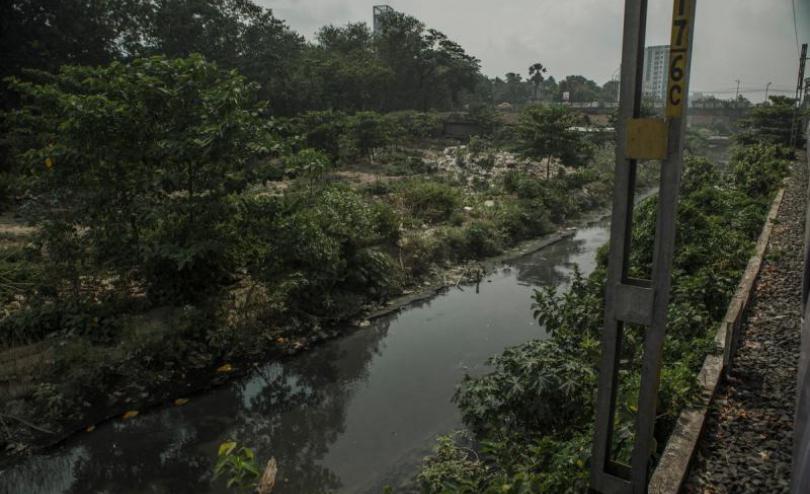At least 350,000 children in India at direct risk in face of Cyclone Fani

Cyclone Fani, which is expected to make landfall in the eastern states of India, is putting 800,000 people directly at risk, including 350,000 children, Save the Children warns – with many more affected by heavy rains, possible flash floods and landslides both in coastal and urban areas.
The cyclone has been building up in the Bay of Bengal, which is known as the Bay of Storms and is expected to make landfall on Friday in the states Andhra Pradesh and Odisha. Winds of up to 200 km/h and heavy rains are threatening homes, schools and livelihoods.
The Government of India has started evacuating close to a million people and bringing them to safer zones or cyclone centers.
Save the Children has a team of specialists travelling to Odisha ahead of Cyclone Fani making landfall, to be on the ground when the storm hits and to assess the needs as soon as possible. Save the Children has shelter, household and school materials ready for distribution.
Save the Children has been working in India since the 1960s and has been responding to natural disasters for decades. Over the past four years, Save the Children has set up 80 youth response teams with 2000 youth members and 1200 younger children in 80 villages in Andhra Pradesh, to make sure communities stand prepared for natural disasters, working in close cooperation with the government.
Vikas Gora, Save the Children’s General Manager for Southern India, said:
“This area is prone to cyclones, we have almost one every alternate year. So, we have been helping communities to prepare by training warning groups and rescue groups. We have trained around 3200 youth to help their communities get through storms like this.
“Also, we have been stocking the villages with emergency equipment, sirens, stoves, cutting materials and rice. And we’ve given them computers and radio’s run on solar panels, as usually the first casualty of a storm is electricity. That way, they get real time warnings and information, and they are able to share information with the government and the info goes both ways.”
In Odisha, Save the Children works in 200 schools and 300 governmental pre-primary school to help educate children in almost 300 villages, in the area of child protection and education and preparing them for natural disasters.




